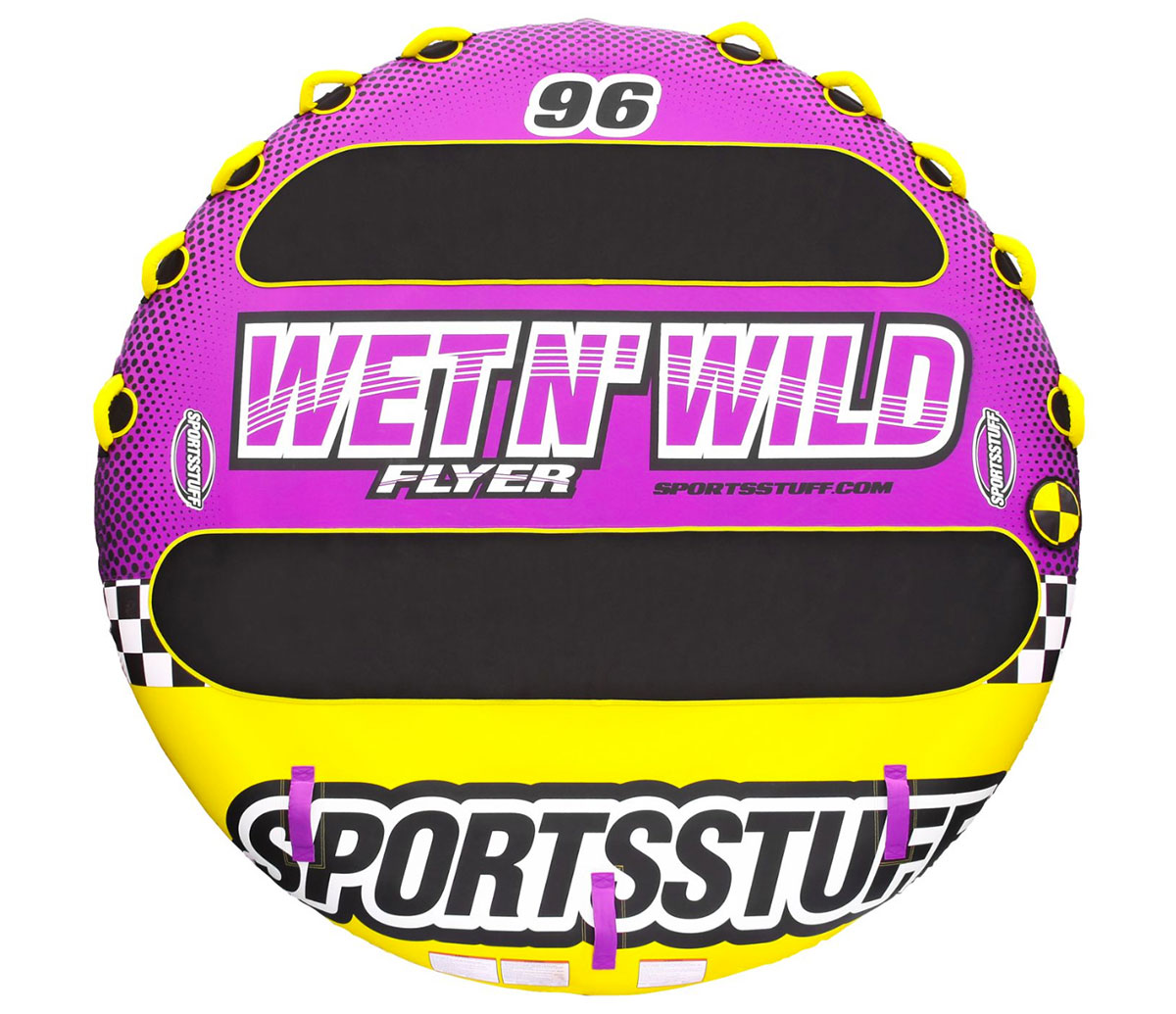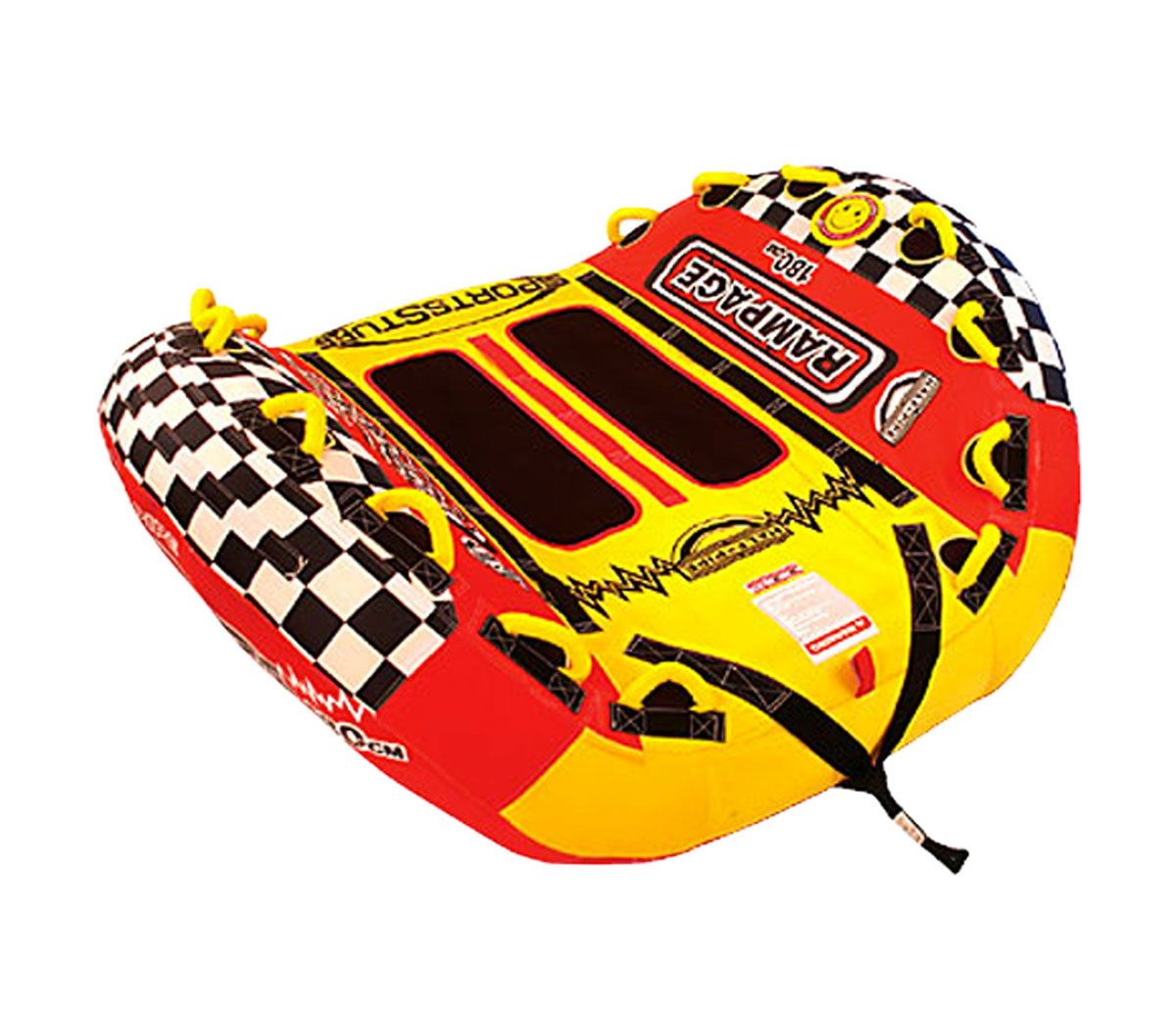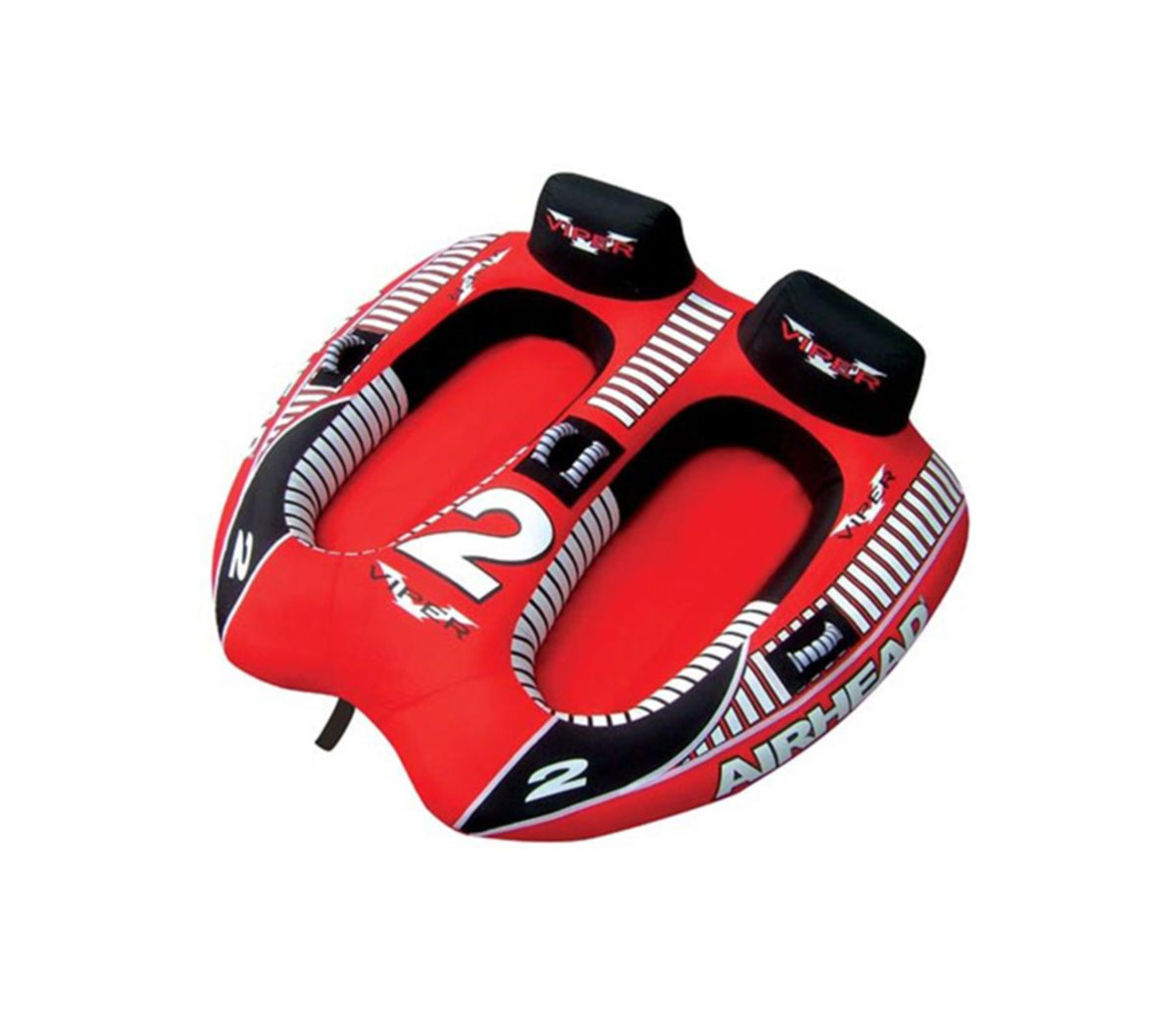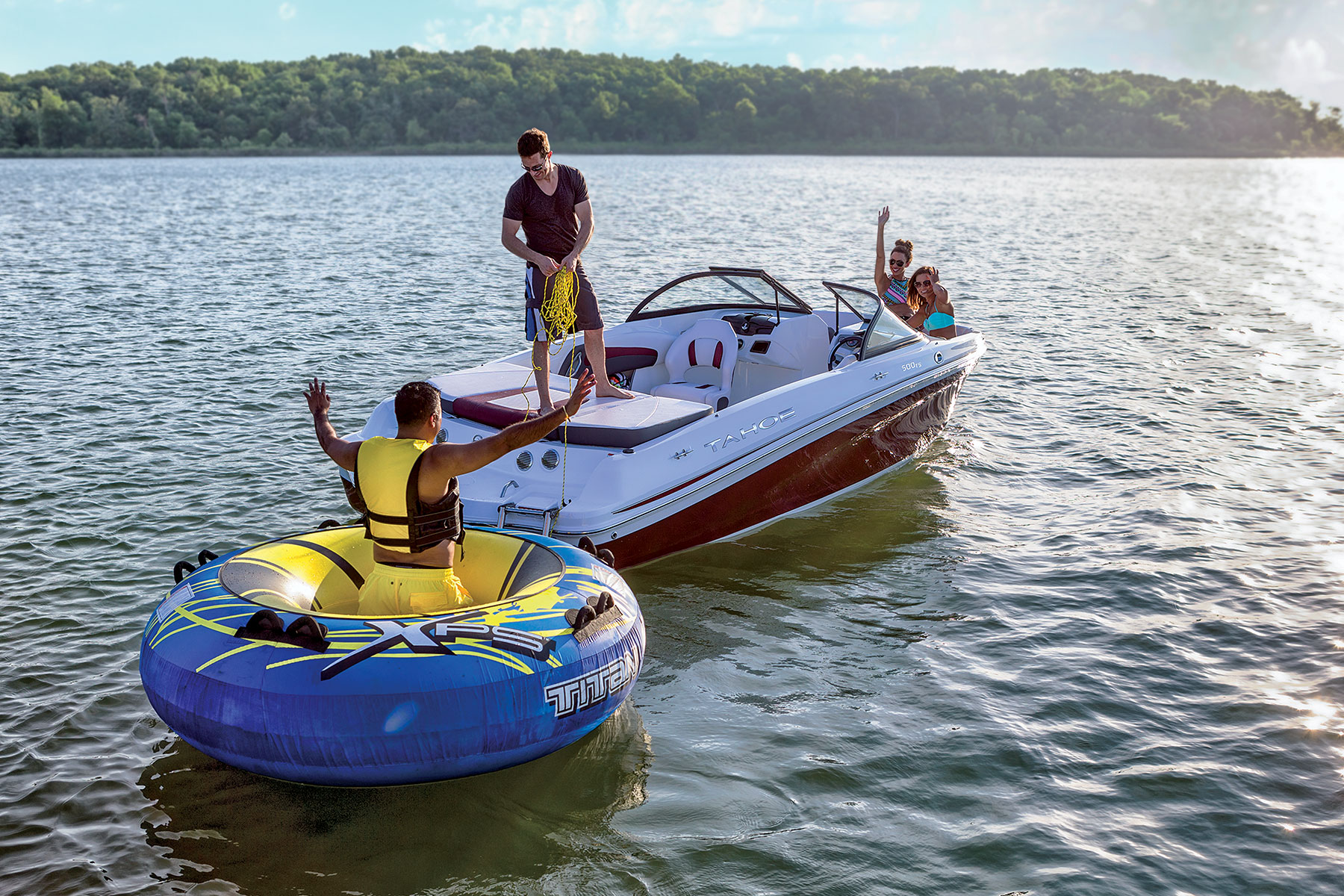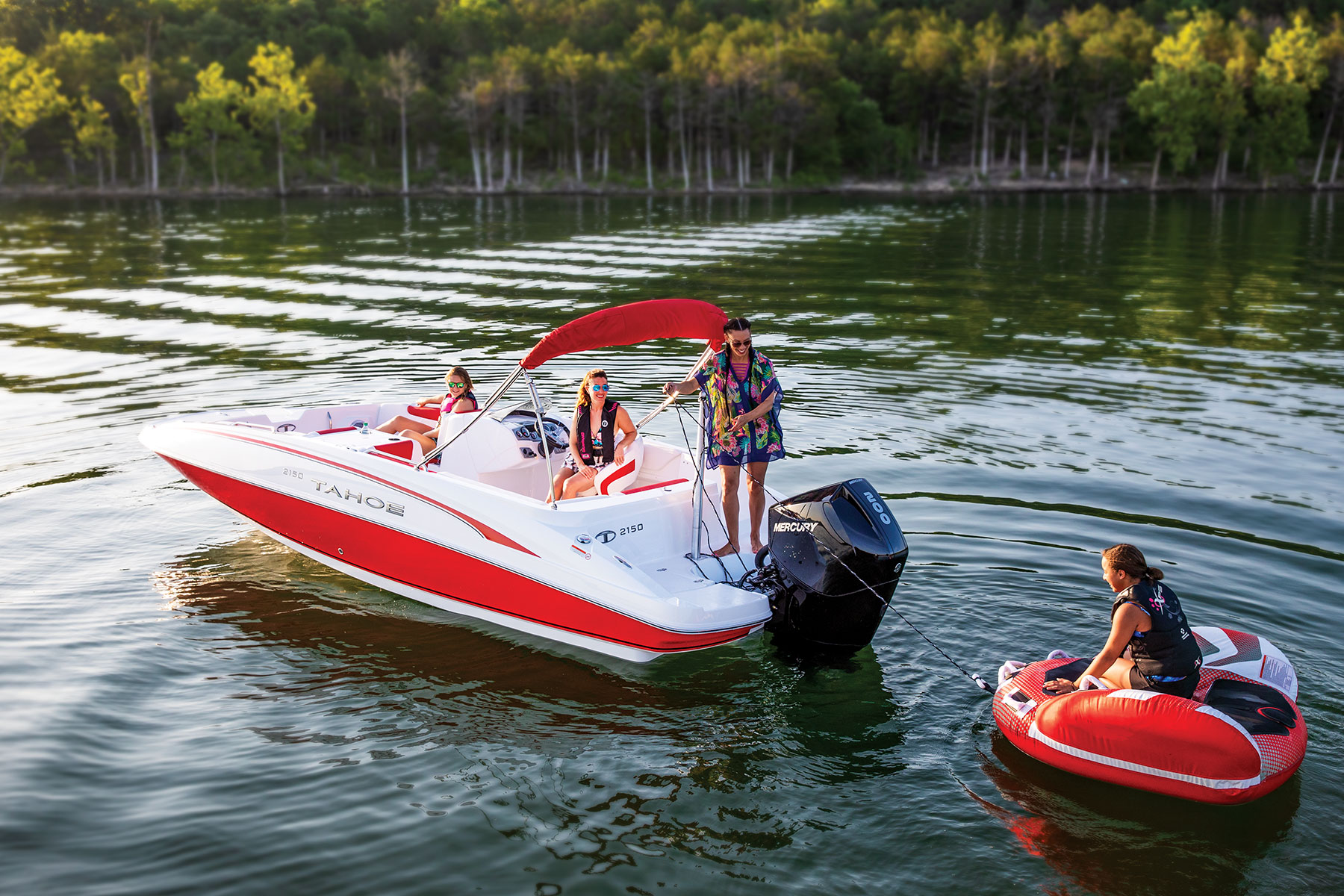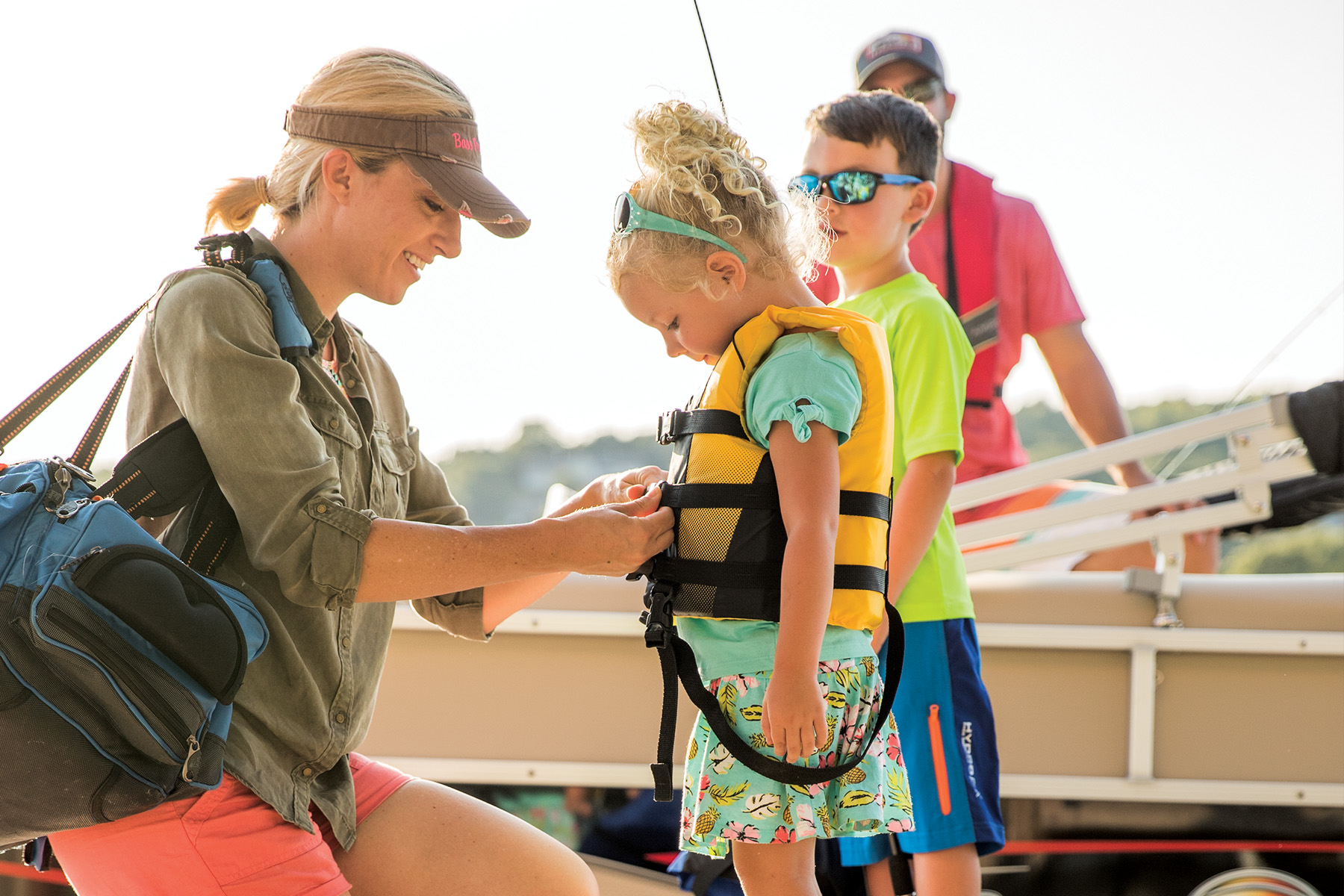Choosing watersports towables can be like deciding which thrill ride you want to take at a theme park. It all depends on your level of courage and how much you want to laugh and scream as your waterborne joyride is towed behind the boat.
What’s so cool about towables? Unlike skiing and wakeboarding, there is no required skill involved, making them ideal for all ages, depending on the size, shape and speed at which they are towed. All it takes is climbing aboard, sitting or lying down and hanging on for the wet and wild ride.
Today’s towables are nothing like their predecessors—inflated truck-sized inner tubes tethered by a row rope. When the ride is over, many towables can double as sun loungers, tied off the boat or a dock or pulled onto the shoreline and used like a beach or lounge chair.
Add thrills, laughs and dares to your boating lifestyle with a towable. Go fancy or stay basic. Either way, you get the most bang for the buck with a water toy that can be tossed in the water and enjoyed by all. Use this helpful guide to help you decide which is best for you and your family.

